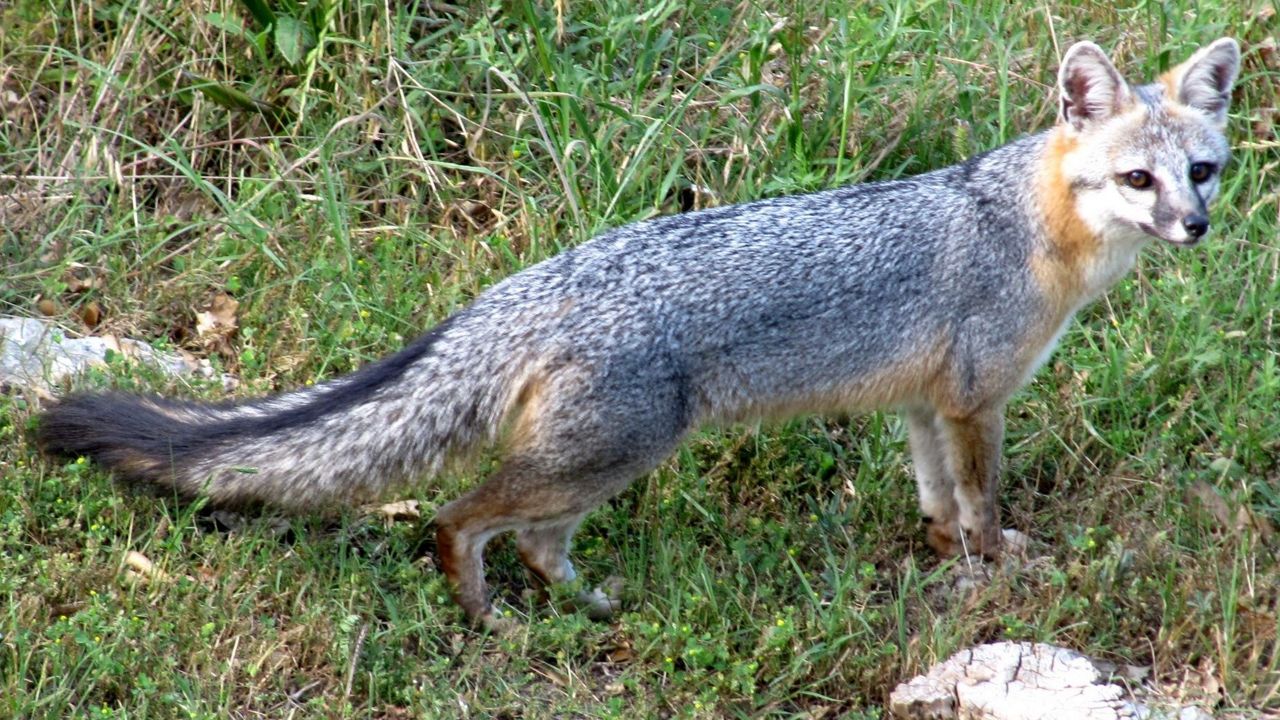TEXAS — Texas Department of State Health Services is launching its 29th Oral Rabies Vaccination Program vaccine bait airdrop to fight against domestic dog/coyote and Texas gray fox rabies virus variant.
Flights begin Jan. 10 from Edinburg and continue for two weeks along the southern Texas border. Other flights will also originate from airports in Del Rio and Alpine.
“Our goal is to vaccinate wildlife, with target species being coyotes and gray foxes, along the border to maintain herd immunity and to keep past variants from being reintroduced or new variants from entering Texas,” said Dr. Susan Rollo, ORVP director. “We will be delivering vaccine baits to 18 counties this year.”
Nearly 814,000 rabies vaccines will be dropped. The nearly $2 million project is funded by the State of Texas and the USDA Animal and Plant Health Inspection Service/Wildlife Services. Four airplanes from the Dynamic Aviation Group and one helicopter from Texas Wildlife Services will make eight-12 flights per day.
The first ORVP vaccine drop took place in 1995 in South Texas to combat an outbreak caused by domestic dog/coyote variants of the rabies virus. The number of animal cases caused by this variant decreased from 122 in 1994 to zero in 2000.
The first vaccine bait airdrop targeting the Texas gray fox rabies virus variant took place in West-Central Texas in 1996. Cases for this variant decreased from 244 in 1995 to zero cases in May 2009 to April 2013.
“The vaccine is proven safe in 60 species of mammals and birds,” Dr. Rollo said. “The vaccine cannot cause rabies in humans or animals, even if it is ingested. However, as a precautionary measure, if a human or domestic animal is exposed to the vaccine, the Texas Department of State Health Services should be contacted.”
According to the DSHS, rabies usually spread through the bite of an infected animal. If a person or animal exhibits symptoms of rabies, it is almost always fatal. Bats and skunks are the most significant sources of rabies in Texas.
Immunizing pets and livestock is imperative to protect animals and owners as well as to prevent disease spread.






